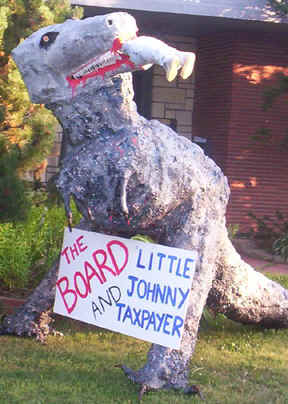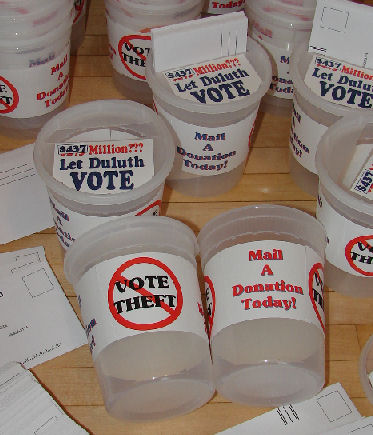MINNEAPOLIS -- A new statewide poll shows that many Minnesotans are
skeptical of how schools spend money.
The poll shows that 45 percent of Minnesotans think the state's
schools waste a lot of money. Only 41 percent say schools spend
wisely.
Those are among the findings of a Star Tribune Minnesota Poll of
823 adults, conducted March 7-10. The poll has a margin of error of
plus or minus 3.4 percentage points.
The findings reflect an increasingly dubious public that doesn't
think the Legislature gives enough money to K-12 education, but is
split over whether schools spend that money wisely.
All over Minnesota, school districts are cutting teaching jobs,
increasing students' walking distance and raising athletics fees to
deal with less-than-expected revenues and rising costs. Yet those
districts are spending more money than ever -- nearly $6.3 billion in
2000-01.
An analysis by the Star Tribune shows that Minnesota schools now
spend a bigger portion of their budgets on social services, health
services, transportation and technology and less on the core of public
education -- classroom instruction.
On average, Minnesota districts spent just 47 percent of their
operating budget on regular instruction in 2000-01.
Thanks to state and federal mandates, local lawsuits and the
demands of parents in an increasingly consumer-oriented system, most
of the money spent on public education in Minnesota goes to people
who, at first glance, have little to do with teaching most of the
children.
Mike Griffith, an education finance specialist with the Education
Commission of the States, said districts are spending more on
administration, testing, technology and special education. "And
the money has to come from somewhere,'' he said. "So it comes
from general education.''
As districts shift more money from the classroom to other services,
the quality of instruction could erode, said David Plank, director of
the Education Policy Center at Michigan State University.
"But erosion is hard to observe,'' Plank said. "It's a
process that takes place over time, whereas denial of services to a
special-needs child or failure to maintain the brakes on your school
bus have a quick consequence.''
The shift in Minnesota has been more noticeable.
More than two-thirds of the state's school districts spent less
than half of their budget on regular education in 2000-01, according
to the analysis. That's a significant change from just five years
earlier. In 1996-97, almost 50 percent of districts spent half or more
of their operating budget on classroom instruction.
And the state's per-pupil spending keeps rising, outpacing the rate
of inflation since 1996-97.
"If we measure a quality public education only in terms of
academics, it's very, very difficult,'' said Mahnomen Superintendent
Brent Gish. "However, if we accept that we've taken on many, many
roles.... We can say, 'We're a great value. Public education is a
great value.' ''
David Jennings, chief operating officer for Minneapolis public
schools, estimates that his district spends $30 million a year just on
health care services such as vision and hearing screenings and
vaccinations.


